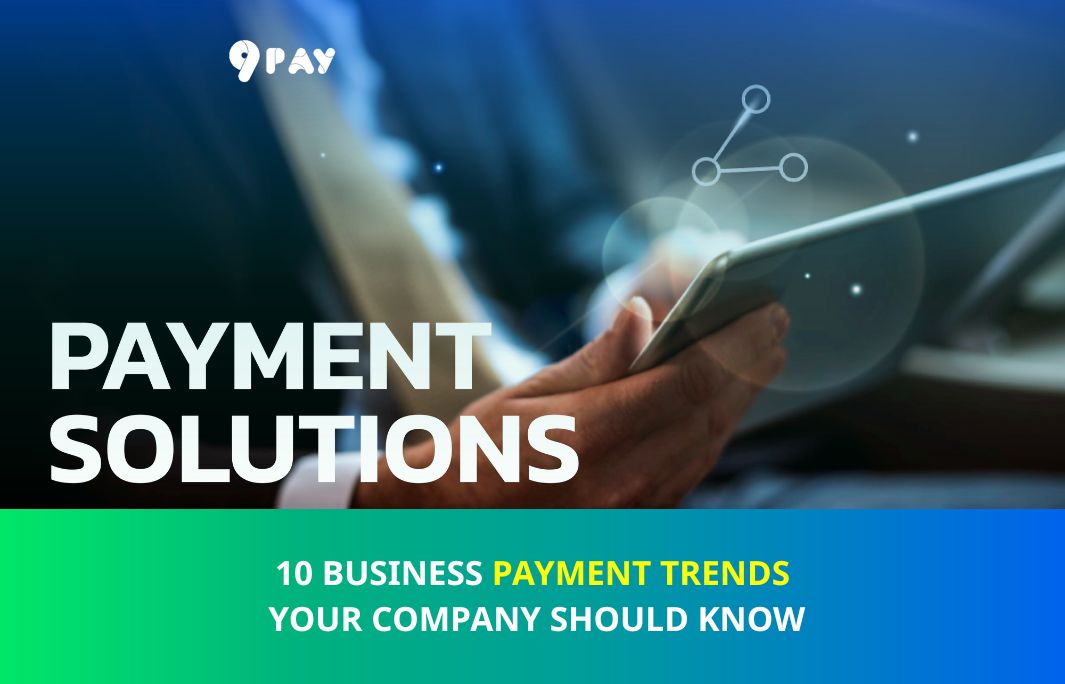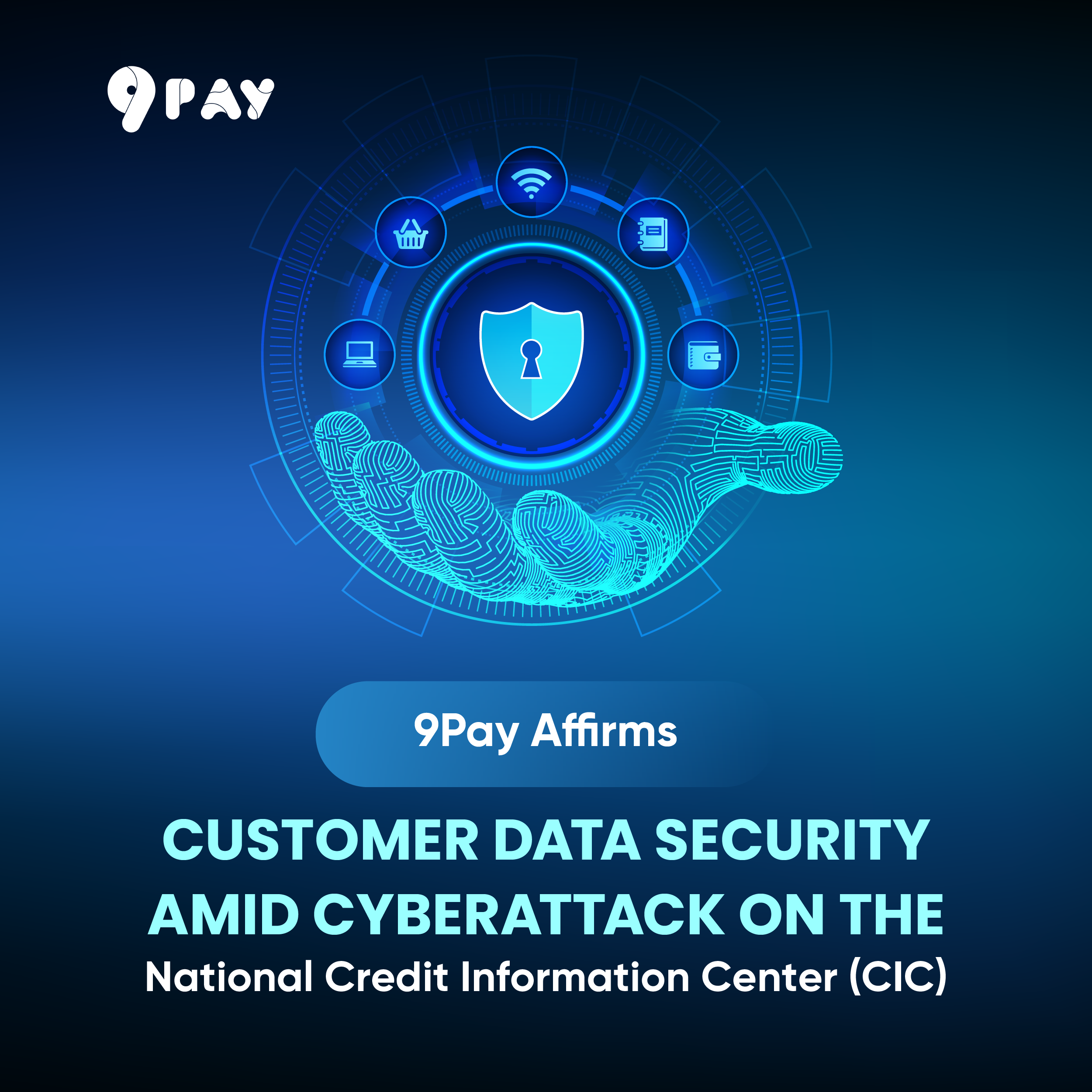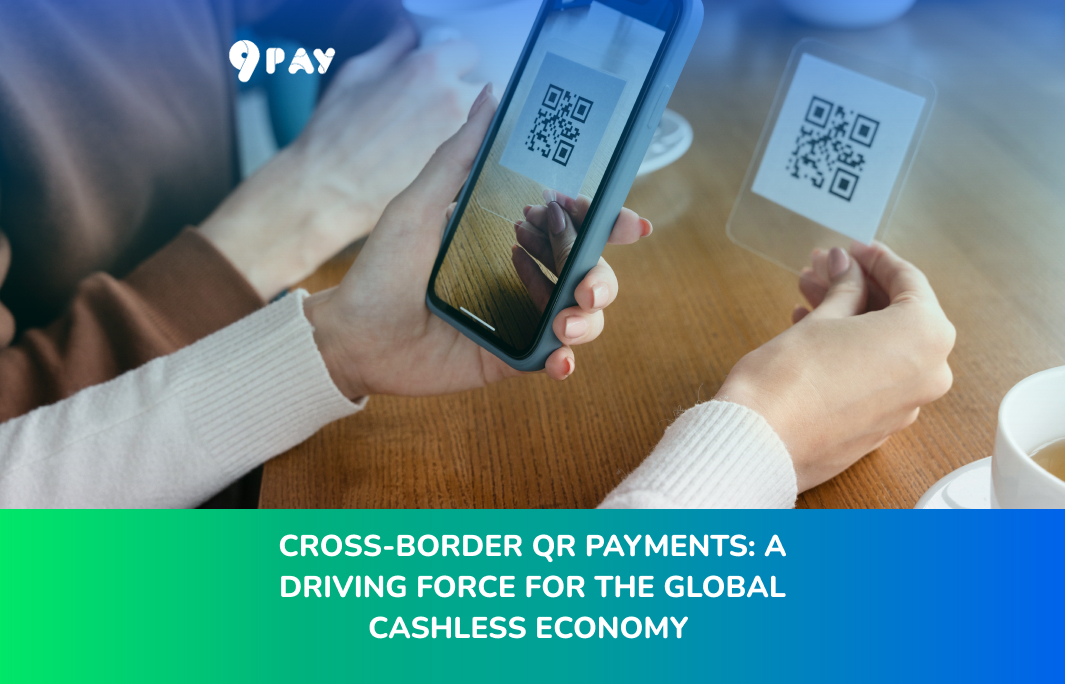Payment fraud prevention: Essential tips to protect your business
Effective payment fraud prevention requires a comprehensive, multi-faceted approach that combines technology, processes, and human expertise.
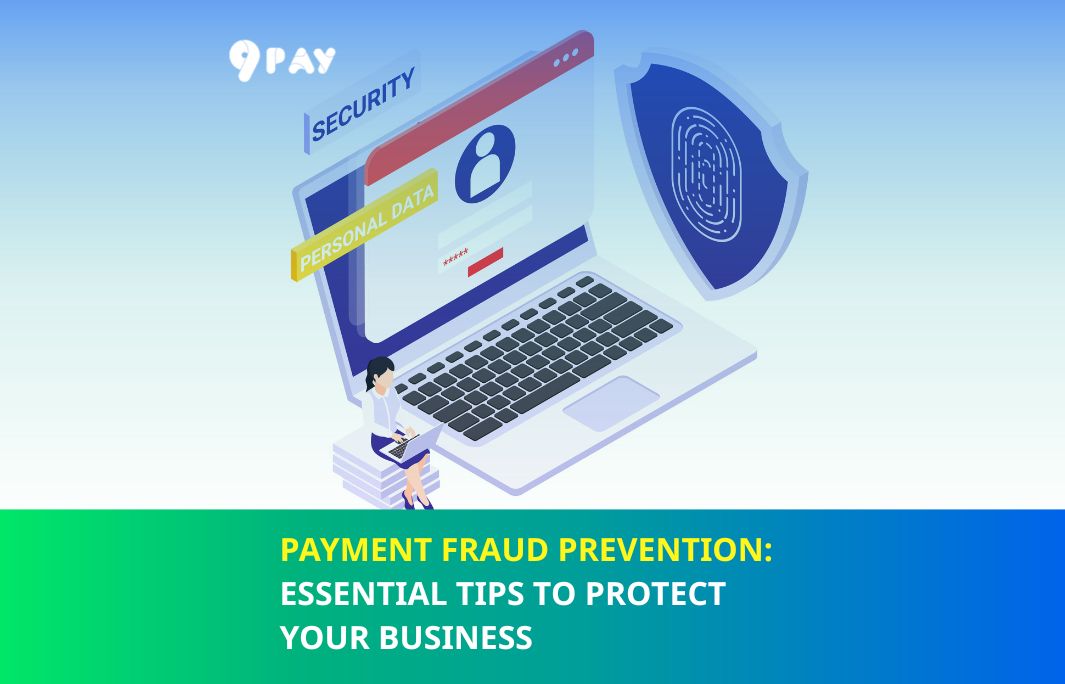
With the rapid growth of the e-commerce market and the increasing demand for cross-border payments, businesses are constantly exposed to payment fraud risks. Whether you operate an e-commerce store, provide online services, or manage B2B transactions, understanding fraud risks and prevention strategies is crucial.
1. What is Payment Fraud?
Payment fraud refers to any deceptive or unauthorized activity intended to manipulate and gain financial benefit from a payment transaction. This deceptive practice involves the deliberate misuse of payment systems to obtain goods, services, or money through fraudulent means.
Payment fraud can target various aspects of the transaction process, from the initial payment authorization to the final settlement. Fraudsters continuously adapt their methods to exploit vulnerabilities in payment systems, making it essential for businesses to stay informed about emerging threats and maintain vigilant security practices.
The impact extends beyond immediate financial losses. Businesses face chargeback fees, administrative costs, potential regulatory penalties, and damage to their reputation that can affect customer loyalty and future sales.
2. Types of Payment Fraud
2.1. Credit Card Fraud
The most common form involves using stolen or counterfeit credit card information to make unauthorized purchases. This includes card-not-present fraud for online transactions and card-present fraud using cloned physical cards.
2.2. Account Takeover Fraud
Fraudsters gain unauthorized access to legitimate customer accounts by stealing login credentials through phishing, data breaches, or social engineering. Once inside, they change account details and make unauthorized transactions.
2.3. Friendly Fraud (Chargeback Fraud)
Legitimate customers make purchases but later dispute the charges with their bank, claiming they never received the product or didn't authorize the transaction. This abuse of the chargeback system results in lost revenue and fees.
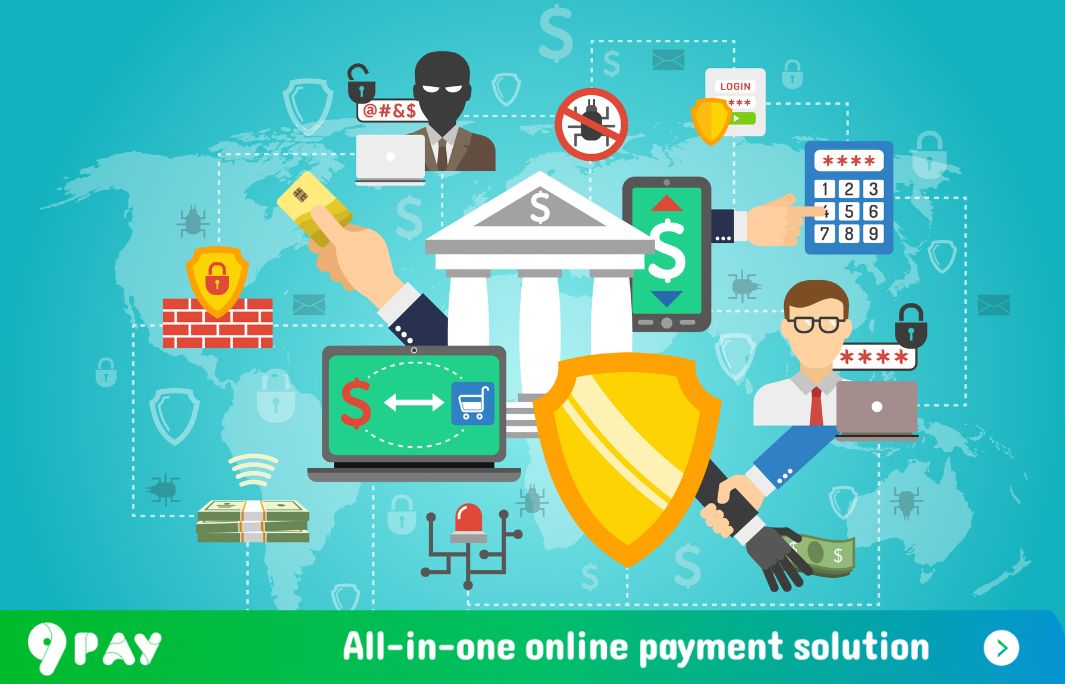
2.4. Identity Theft
Criminals use stolen personal information to create new accounts or take over existing ones. They may use synthetic identities combining real and fake information to appear legitimate while committing fraud.
2.5. Payment Gateway Fraud
Fraudsters exploit vulnerabilities in payment processing systems or use stolen merchant credentials to process unauthorized transactions through legitimate payment gateways.
2.6. Mobile Payment Fraud
With the rise of mobile payments, fraudsters target mobile wallets, apps, and contactless payment systems through malware, SIM swapping, or account takeovers.
2.7. Business Email Compromise (BEC)
Sophisticated scams where fraudsters impersonate executives or vendors to trick employees into making fraudulent wire transfers or payments to fake accounts.
3. Signs of Payment Fraud
3.1. Transaction Patterns
Monitor for unusual spending patterns such as multiple high-value transactions in short periods, purchases from new geographic locations, or transactions occurring at unusual hours for your typical customer base.
3.2. Customer Behavior Red Flags
Be alert to customers who rush through purchases, decline additional security verification, provide inconsistent information, or use multiple payment methods for a single transaction.
3.3. Payment Method Anomalies
Watch for expired cards being used successfully, billing and shipping addresses that don't match, international cards used for domestic purchases, or payment details that seem inconsistent with the customer's profile.
3.4. Technical Indicators
Pay attention to multiple failed payment attempts followed by a successful transaction, orders from high-risk IP addresses or regions, use of proxy servers or VPNs to mask location, and automated bot-like ordering behavior.
3.5. Order Characteristics
Suspicious orders often include unusual quantities of popular items, expensive products with expedited shipping, digital goods or gift cards (easy to liquidate), and orders that bypass normal customer journey patterns.
3.6. Communication Red Flags
Be cautious of customers who avoid phone verification, provide generic email addresses, show urgency to complete transactions quickly, or demonstrate poor knowledge about the products they're purchasing.
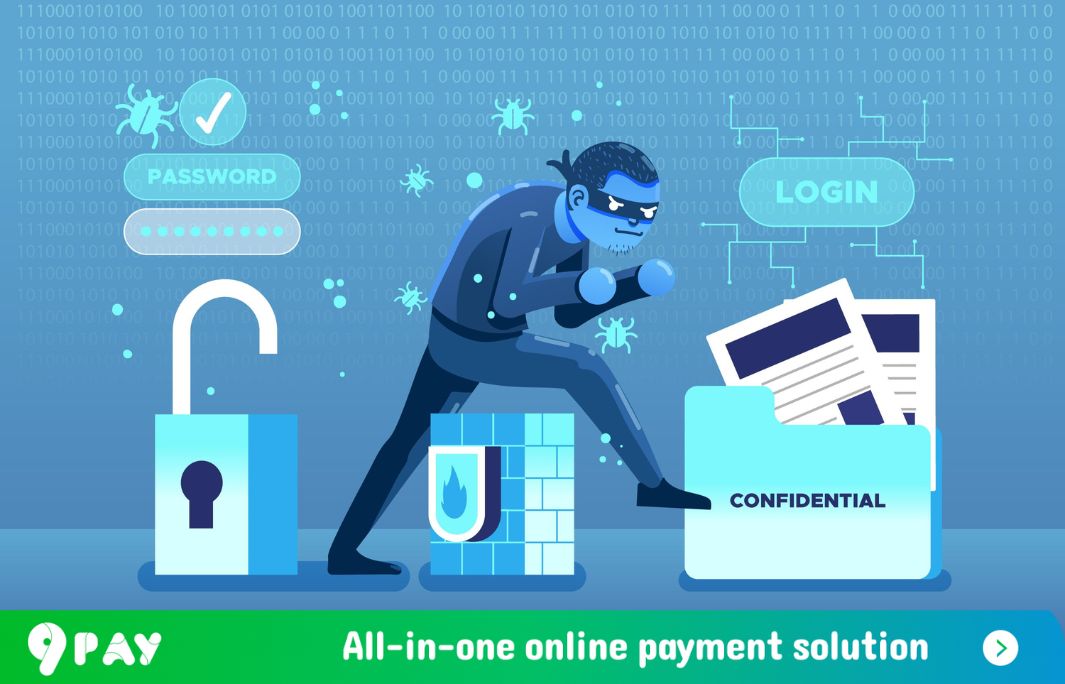
4. Effective Payment Fraud Prevention Strategies
4.1. Multi-Layered Security Approach
Implement comprehensive security measures including SSL certificates for data encryption, tokenization to protect stored payment data, and regular security audits to identify vulnerabilities. Use fraud detection software that analyzes transactions in real-time and maintains PCI DSS compliance for handling card data.
4.2. Advanced Authentication Methods
Deploy two-factor authentication for customer accounts, require CVV verification for all transactions, implement address verification systems (AVS), and consider biometric authentication for high-value transactions. Use device fingerprinting to identify suspicious devices and require additional verification for unrecognized devices.
4.3. Real-Time Monitoring and Analysis
Establish velocity checks to limit transaction frequency, implement geolocation verification to flag unusual locations, create risk scoring systems for transactions, and set up automated alerts for suspicious activity. Monitor for patterns that indicate coordinated fraud attempts across multiple accounts.
4.4. Customer Verification Processes
Develop robust identity verification procedures for new accounts, implement step-up authentication for high-risk transactions, maintain detailed customer profiles to identify deviations from normal behavior, and create manual review processes for flagged transactions.
4.5. Employee Training and Awareness
Train staff to recognize fraud indicators, establish clear escalation procedures for suspicious transactions, regularly update teams on emerging fraud trends, and create a culture of security awareness throughout the organization.
4.6. Technology Solutions
Invest in machine learning-based fraud detection systems, implement behavioral analytics to identify unusual user patterns, use consortium data sharing to identify known fraudsters, and deploy automated decision engines for real-time transaction approval.
4.7. Partner and Vendor Management
Work with reputable payment processors that offer robust fraud protection, regularly review and update contracts with security requirements, ensure third-party vendors meet security standards, and maintain clear communication channels for fraud reporting.
4.8. Response and Recovery Planning
Develop incident response procedures for confirmed fraud cases, maintain relationships with law enforcement and cybersecurity experts, create customer communication protocols for fraud incidents, and regularly test and update recovery procedures.
4.9. Continuous Improvement
Regularly analyze fraud patterns and trends, update prevention strategies based on new threats, conduct post-incident reviews to improve processes, and stay informed about industry best practices and regulatory changes.
4.10. Customer Education
Educate customers about security best practices, provide clear guidance on recognizing legitimate communications from your business, offer secure account management tools, and maintain transparent communication about your security measures.
5. 9Pay: A reputable, trustworthy, and secure payment partner for international businesses
5.1. Reputation and Trustworthiness
Official licensing: 9Pay holds an Intermediary Payment Service License from the State Bank of Vietnam. This is a crucial indicator of its legitimacy and that it operates under strict regulatory supervision, which instills confidence in its services for international businesses.
Proven track record: Since its establishment in 2018, 9Pay has grown to serve a significant number of domestic and international partners, processing billions of dollars in transactions annually. Its high transaction success rate (up to 99.9%) and partnerships with over 50 domestic banks and major international card organizations (like Visa, MasterCard, JCB, and American Express) demonstrate its operational reliability.
Industry recognition: 9Pay has received multiple accolades, including being named one of Vietnam's Top 10 Outstanding Brands and recognized in regional awards for fintech innovation. It has also gained recognition at major international fintech events like the Singapore FinTech Festival, further establishing its reputation on a global scale.
Market expertise: 9Pay is positioned not just as a payment provider but also as a "financial and legal partner" that understands the Vietnamese market. Our main financial products include: Payment gateway, Collection - Disbursement support services, International money transfer services (9Remit), E-wallet services, Payment link. We provide consulting support on tax obligations and legal compliance, which is a significant advantage for foreign companies navigating a new and complex regulatory environment.
5.2. Security
Highest security certifications: 9Pay has achieved the highest level of international security certification, PCI DSS Level 1. This is a global standard for any company that processes, stores, or transmits credit card information. Adhering to this standard, along with others like GlobalSign SSL, demonstrates a strong commitment to protecting sensitive financial data.
Advanced security measures: The company utilizes a multi-layered security approach, including:
- Advanced encryption: All transaction data is encrypted using industry-standard protocols to prevent unauthorized access.
- Fraud detection systems: Sophisticated algorithms and real-time monitoring are employed to identify and block suspicious transactions.
- Multi-Factor authentication (MFA): Features like OTP (One-Time Password) and biometric verification (e.g., fingerprint, FaceID) enhance user identity verification.
Regular Audits and Risk management: 9Pay's security infrastructure is subject to regular audits and updates. A dedicated risk management team continuously identifies, controls, and prevents financial risks, ensuring the system remains resilient to emerging threats.
9Pay confidently affirms itself as a reputable, trustworthy and secure payment partner for international businesses looking for opportunities to operate or expand into the Vietnamese market. Contact us now for the fastest advice and support.
-
Website: 9pay.vn/en
-
Hotline: 1900 88 68 32 (24/7 customer support)
-
Email: business@9pay.vn




